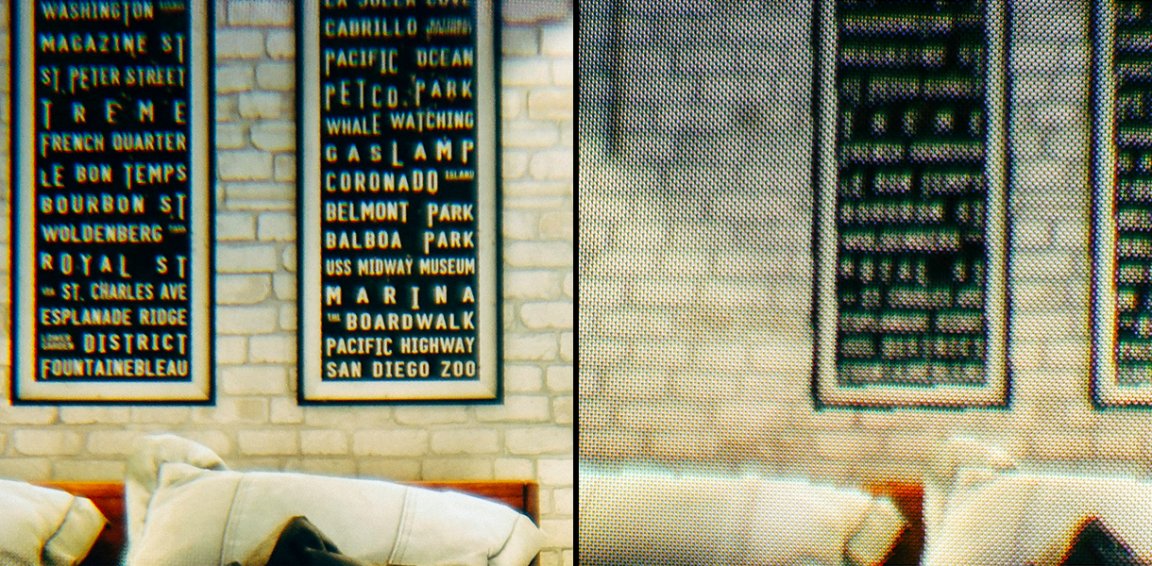
Varjo: A New Big Name
A new virtual reality (VR) and augmented reality (AR) headset, named the “20|20” has been announced by Finnish company Varjo, which until this point has been developing it clandestinely.
The team, composed of individuals from Microsoft, Nokia, Intel, Nvidia, and Rovio, have developed a headset that “replicates how the human eye naturally works, creating a super-high-resolution image to the user’s gaze direction.” according to the maker’s press release. It has 70 megapixels per eye — in comparison with the roughly 1.2 megapixels per eye of the Occulus Rift and HTC Vive. This will deliver a resolution, according to the press release, “more than 70X beyond any currently shipping or announced head-mounted display (including Magic Leap).” The headset will be on sale late this year.
No press have, of yet, tried it — but Sean O’Kane of The Verge was given a demo by Urho Konttori, the CEO and co-founder of Varjo. The experience combined a current consumer version of the Oculus with two full-HD Sony microdisplays to give O’Kane some idea of the headset’s technological superiority — which was immense, he reported. “I was able to resolve detail I thought I’d otherwise have to wait years to see in VR,” O’Kane wrote.
Propelling the VR World Forward
Many aspects of the product remain undisclosed, like content production, frame rate, latency, and price. However, if “20|20” fulfills its promises then the Varjo would cause disruptions in the AR and VR industries by offering a more immersive experience than any company has before.
It may also help to lessen disorientation, motion sickness, and eye strain — which Oculus VR chief executive, Brendan Iribe, called “The elephant in the room” at the 2014 Web Summit conference in Dublin — by mimicking the human eye’s pattern of focusing on things in the center field of vision and blurring what is going on in the peripheries.
This higher resolution could catalyze AR and VR into industries other than gaming. While many predictions have been made about VR being used to show people around houses, practice operations, virtually reconstruct destroyed buildings, and even act as a painkiller — this could be the first technology to propel these VR fantasies from the hypothetical to the possible.